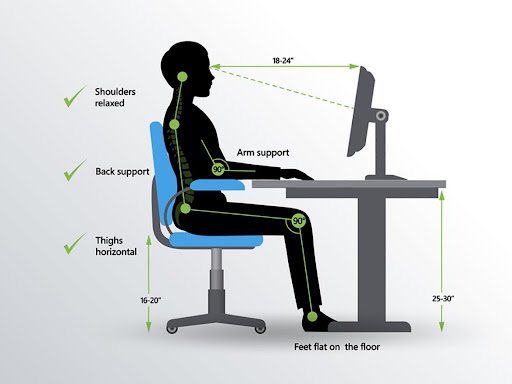4 Simple Ways to Enhance Posture at Work or School:
Office Ergonomics
Many of our Kelowna chiropractor patients ask us how to improve their posture or wonder why they have pain from long hours sitting at work. Often, our patients notice pain in their lower back and neck, which can increase after long hours at the office. This pain can become nagging and prevents patients from participating in their favourite activities with their families and friends. Our Kelowna Chiropractor, Christina Col, provides simple ways and tricks to adjust your workplace to best suit you.
If you experience low back or neck pain, try these tips to see if they help with your discomfort. If you are in the Kelowna area and are still experiencing discomfort, schedule a meeting with our team at Move RX to discuss further changes you can make to your office setup or exercises you can do on your breaks.
But first, what is posture?
Posture is the position in which your body holds itself while sitting, standing, or lying down. It is ultimately the relationship between your body and the earth's gravitational forces. The body's postural muscles work to oppose gravity's effect to keep us upright. As a result, your body disperses these forces with minimal impact on the body from the head to your toes. However, when the body is in an altered position, it finds ways to adapt to these forces, ultimately leading to certain joints or muscles taking on more force than they can hold.
What is the ideal work posture?
There is no easy answer to this. The ideal posture is unique to each individual. That is why the body is so incredible. However, those spending many hours at a work desk often ask, “are there simple adaptations that I can make to enhance my posture or ergonomics at work?”
Here are 4 simple steps to help you sit better and decrease the pain you may be experiencing at or after work.
The Struggle: Overall soreness at the end of the day.
You complete minor to no movement of your body during the workday, besides the occasional trip to the bathroom or coffee pot. Minimal movements during the work day can increase stress on your neck and lower back.
The Solution: Take regular movement breaks every 30 to 60 minutes. It has been shown that frequent breaks can improve productivity and decrease the pain and wear on our bodies. This is the first and most important step.
Curious to know what 6 easy exercises you can do on a break that will help with your body’s functionality? Click here to learn more.
The Struggle: Neck Pain.
Neck pain results from looking downward or leaning forward to work on a computer or desk. This leaning can increase strain on your eyes, cause unnecessary neck flexion and contribute to forward head carriage, shoulders rounded forward and tightness in the chest.
If you find you are having trouble with headaches, view our blog about the different types of headaches and how you can treat them
The Solution: Raise your computer screen to eye level so that your chin is parallel to the floor, with your shoulders in a neutral position and your eyes looking straight ahead. Ideally, the top of the computer should be at eye level.
The Struggle: Low back pain.
Often caused by slouching in your office chair. Increased slouching can increase the pressure on the lower back joints and discs.
The Solution: First, sit all the way back in your chair and sit on your "sit bones" to allow for a neutral pelvis and support the lumbar spine. You can also use a lumbar roll or place a small pillow or rolled-up towel behind your low back to ensure slouching does not happen. Alternatively, you can invest in a chair with good lumbar (low back) support.
The Struggle: Hip pain.
Hip pain can occur if your feet are spread out directly in front of you or if your legs are folded under a chair or crisscrossed. Unfortunately, these positions place our hips and pelvis in positions that can cause increased stress on them.
The Solution: Legs should be bent with feet planted on the ground directly under the knees. The knees should be bent at a 90-degree angle, and the thighs should be parallel to the floor. Place a stool underneath your feet if this is not possible.
If you experience low back or neck pain, try these tips to see if they help with your discomfort. If you are in the Kelowna area and are still experiencing discomfort, schedule a meeting with our team at Move RX to discuss further changes you can make to your office setup or exercises you can do on your breaks.
Move RX is Kelownas home for Chiropractic care, Kinesiology, Registered Massage Therapy and more. Meet with us today!

